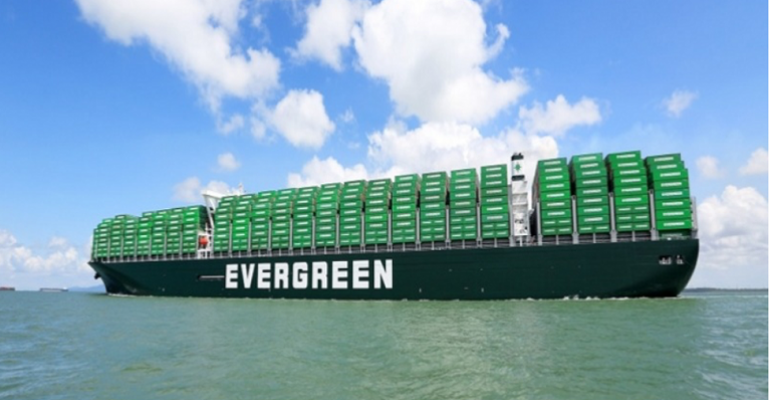Summarising the last year in container shipping Xeneta chief analyst Sand highlighted that if volume growth in 2021 over pre-pandemic 2019 was compared against fleet growth for the same period, growth in vessel capacity outstripped the increase in volumes.
Comparing global container volumes in the first 10 months of 2019 with the same period in 2021 growth was 5.5%, meanwhile the capacity of the containership fleet increased by 7.4% over the same periods.
“In other words, the current situation in the freight market can’t be explained by ‘simple’ market fundamentals. Instead, onshore bottlenecks and the resulting long waiting times at ports have soaked up a considerable amount of capacity, reducing the number of trips a ship can make,” Sand said.
This year has seen a surge in newbuilding orders by container lines with deliveries from 2023, however, Sand believes these will make little difference to the state of the market unless landside congestion is addressed.
“However, unless ports and hinterland connections can ensure the free flow of cargo, end-to-end, these extra ships will instead just join the queues outside the ports - just as we have seen with the extra loaders added on the transpacific in the past few months,” he stated.
Despite efforts to clear backlogs of containers and increased working hours at the key US gateway ports of Los Angeles and Long Beach vessel queues remain as long as ever. The number containerships backed up in the Pacific waiting to berth at the two ports remains at record levels and was 101 earlier this week, according to the Marine Exchange of Southern California.
To tackle problems such as this large scale infrastructure spending is required – something, however, that is not a quick fix and will not solve problems overnight.
Added to infrastructure woes are potential serious disruptions to the supply chain from port closures in China as the country sticks to its zero-Covid policy. Eyes are currently focused on Ningbo where an outbreak neighbouring the port is slowing operations and terminal access.
“The fact that capacity on the sea hasn’t been the limiting factor this year means the new ships being delivered in 2023 won’t solve the underlying problems brought to light this year,” Sand concluded.
Copyright © 2024. All rights reserved. Seatrade, a trading name of Informa Markets (UK) Limited.
Add Seatrade Maritime News to your Google News feed.  |

